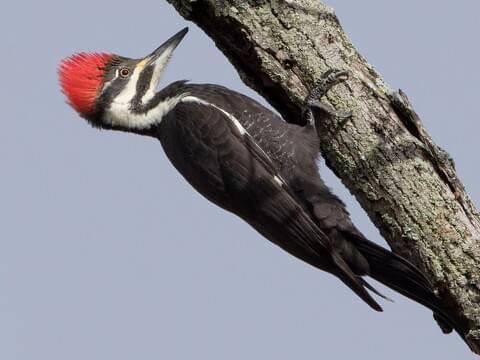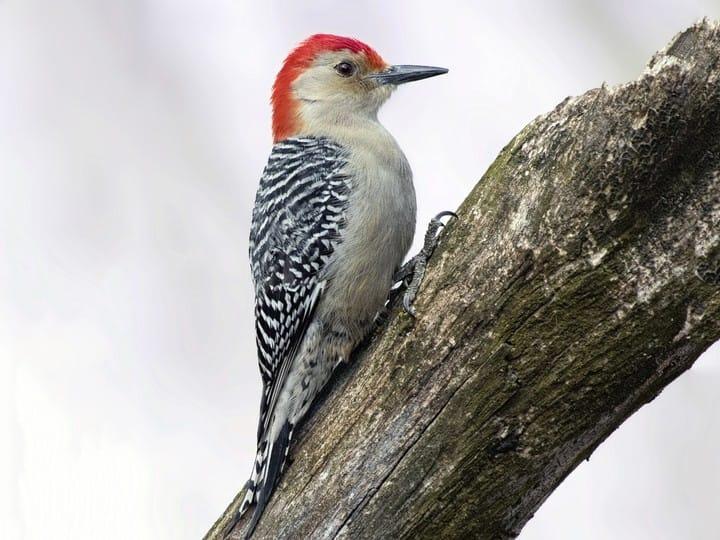Revealing the Secrets of Woodpeckers: Actions, Environment, and Extra
Woodpeckers, with their unique actions and specialized adjustments, have long interested scientists and nature enthusiasts alike. By uncovering the mysteries bordering woodpeckers' actions and environment options, a deeper understanding of these bird marvels emerges, supplying a peek into their interesting world.
Woodpecker Behavior Insights
In examining woodpecker habits, a fascinating screen of specialized skills and adjustments arises, dropping light on their impressive ecological particular niche. Woodpeckers, known for their distinctive drumming on trees, have a variety of behavioral attributes that contribute to their survival and success in their atmosphere.
Furthermore, woodpeckers display an unique feeding habits identified by their ability to essence pests from tree bark utilizing their specialized beaks. Their long, barbed tongues aid in recording prey, while their strong neck muscle mass provide stability and accuracy throughout pecking motions. This feeding technique enables woodpeckers to accessibility concealed insect larvae and remove them with amazing effectiveness.
Environment Preferences and Option
What elements influence the environment choices and option of woodpeckers? Woodpeckers are highly adaptable birds understood to populate numerous atmospheres worldwide. Nonetheless, they do exhibit choices for certain habitat attributes. One essential aspect affecting woodpecker environment selection is the schedule of appropriate nesting websites. Woodpeckers typically like forests with a mix of mature trees that offer sufficient chances for tooth cavity excavation. These tooth cavities work as vital nesting and roosting websites for woodpeckers and are crucial for their reproducing success.
Additionally, woodpeckers show a choice for environments with an abundant supply of food sources. They are largely insectivorous, preying on beetles, ants, larvae, and various other insects found in worn out timber or tree bark. Woodpeckers tend to prefer wooded locations with a varied insect population to meet their nutritional requirements.
Moreover, the visibility of dead or rotting trees is another vital consider woodpecker habitat option. These trees not only supply food sources but also use suitable substratum for cavity excavation. Dead trees are essential for the upkeep of healthy woodpecker populaces, as they play a vital duty in the woodpeckers' life cycle and ecological community dynamics.
Feeding Behaviors and Diet Regimen Make-up
Woodpeckers demonstrate a specialized feeding actions focused on foraging for pests within various environments. Their diet mostly contains insects such as beetles, ants, caterpillars, and crawlers, which they locate by tapping on tree bark and listening for the sound of activity inside. Woodpeckers use their strong beaks to pierce into the wood and their lengthy, barbed tongues to remove prey from gaps. In enhancement to insects, woodpeckers likewise eat tree sap, fruits, nuts, and seeds, including variety to their diet plan depending on the season and accessibility of food resources.
The foraging methods of woodpeckers are well-adapted to their arboreal lifestyle. Woodpeckers play a crucial duty in preserving the health of woodlands by controlling insect populations and aiding in the decomposition of timber.
Drumming Seems and Communication
Making use of fast drumming sounds on numerous surfaces, woodpeckers use an unique form of interaction to signal region limits and attract companions. This drumming behavior is not just a way of interaction however also functions as a way for woodpeckers to develop their presence within a certain location. The intensity, rate, and pattern of the drumming can convey vital information to other woodpeckers around.
Woodpeckers utilize drumming sounds to announce their existence in an area and to alert off potential intruders. The loud and repetitive nature of go to this web-site the drumming acts as a clear signal to various other woodpeckers that the area is already asserted. This aids in lowering problems and lessening physical confrontations in between people.

Survival Adaptations and Specialized Composition

Final Thought
Finally, woodpeckers show special habits, such as drumming sounds for interaction, and have specialized makeup for survival in their selected habitats. Their feeding habits and diet regimen structure further show their adaptability to numerous atmospheres. By understanding these facets of woodpeckers, researchers and preservationists can much better protect and protect these fascinating birds and their ecological communities.